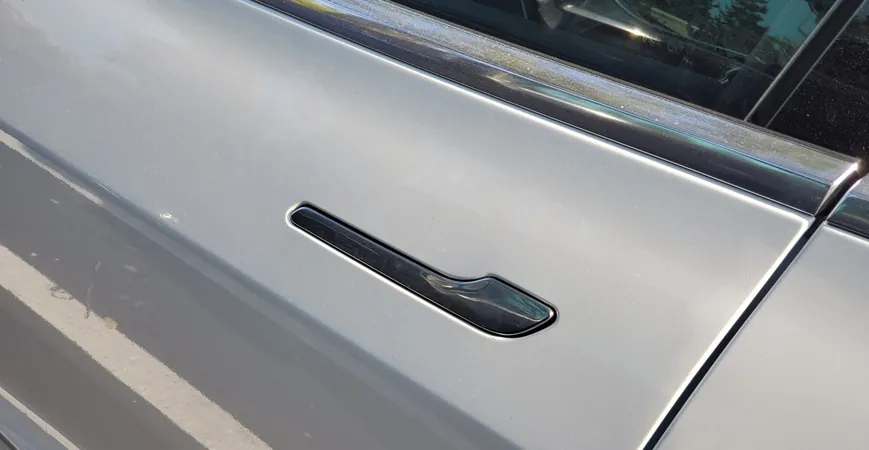
Cleaning Up Earth's Orbit: The Bold New Method to Tackle Space Junk!
2025-09-16
Author: Ken Lee
The Growing Crisis of Space Junk
Did you know that over 14,000 pieces of debris are currently floating in low Earth orbit? From rogue bolts to defunct satellites, this mounting clutter poses a significant threat to operational spacecraft and the International Space Station, which constantly maneuvers to avoid becoming a casualty of space shrapnel traveling at unbelievable speeds.
Innovative Solutions to the Space Junk Menace
To combat this escalating crisis, scientists and engineers have been brainstorming creative cleanup methods. Traditionally, proposals like robotic arms and nets have been explored. However, these strategies face a daunting challenge: much of the debris tumbling through space makes capturing it difficult and risky for any pursuing spacecraft.
A Game-Changing Idea Emerges!
Enter Kazunori Takahashi from Tohoku University in Japan, who has introduced an innovative technique that uses the plasma exhaust from a satellite's ion engine to gently push dangerous debris out of orbit. Instead of coming into contact with space junk, the satellite would utilize its exhaust to slow down debris until it falls harmlessly into the atmosphere.
How Does It Work?
While ion engines typically propel spacecraft forward, altering that motion can be complicated. To tackle this, Takahashi’s brilliant design features two exhausts angled in opposite directions, allowing the removal satellite to remain stationary while effectively nudging debris towards deorbiting.
From Argon to Action!
This revolutionary system, dubbed the "bidirectional plasma ejection-type electrode-less plasma thruster," operates on argon gas rather than the more costly xenon. It works by creating ionized plasma, which can be directed by electromagnetic fields to produce thrust—pushing junk away while the satellite stays put.
Battling the Clock
Yet time is of the essence. To successfully deorbit a piece of debris weighing a ton in under 100 days, a thrust of 30 milli-Newtons (mN) is required, far exceeding the capabilities of current systems like JAXA's Hayabusa2. Takahashi's solution demands more power to effectively unleash that necessary thrust.
A Leap in Power Output!
To enhance performance, Takahashi's design includes a "magnetic cusp," optimizing plasma flow and increasing thrust. Initial tests achieved a staggering 25 mN—three times the output of previous models—offering hope to tackle larger debris pieces more prone to triggering catastrophic collisions.
Preventing a Kessler Catastrophe!
This groundbreaking thruster could help avert what is ominously known as Kessler Syndrome, where cascading collisions lead to a debris-laden orbital apocalypse, making vast areas of space completely unusable. As our dependence on satellite technology grows, so does the urgency to clear our celestial neighborhood.
Embracing the Future of Space Safety!
With Takahashi's visionary approach, we may finally have a fighting chance to reclaim our skies and ensure that future explorations are not hindered by the clutter of the past. The future of space travel depends on pioneering solutions like these!



 Brasil (PT)
Brasil (PT)
 Canada (EN)
Canada (EN)
 Chile (ES)
Chile (ES)
 Česko (CS)
Česko (CS)
 대한민국 (KO)
대한민국 (KO)
 España (ES)
España (ES)
 France (FR)
France (FR)
 Hong Kong (EN)
Hong Kong (EN)
 Italia (IT)
Italia (IT)
 日本 (JA)
日本 (JA)
 Magyarország (HU)
Magyarország (HU)
 Norge (NO)
Norge (NO)
 Polska (PL)
Polska (PL)
 Schweiz (DE)
Schweiz (DE)
 Singapore (EN)
Singapore (EN)
 Sverige (SV)
Sverige (SV)
 Suomi (FI)
Suomi (FI)
 Türkiye (TR)
Türkiye (TR)
 الإمارات العربية المتحدة (AR)
الإمارات العربية المتحدة (AR)